What to Keep in Mind When Vaping Around Non-Vapers?
Vaping has been around for over a decade now and it’s been employed by millions of people. It’s a smoking cessation aid that reduces the harm of regular cigarettes by 95 %. Vaping involves the use of a vaporizer, which has e-liquid and produces vapour. From the outset using your vape device is like having a personal conversation on a cellphone. Sure, you could do it anywhere but it's something that physically changes your surroundings and the surroundings of the people around you. Is it dangerous for the people around you? Probably not. Might some people around you not appreciate it? Quite possibly.
A lot of disapproval or criticism that the vaping community receives comes due to a lack of knowledge and understanding about vaping in general. But vaping is a completely innocuous way to deliver nicotine to your body. It takes only 4 ingredients to do this job, namely PG, VG, nicotine, and artificial or natural flavours and sweeteners. And all of those ingredients are food and perfume grade that has been used by people and food manufacturing units for ages and is easily available on various vape shops in uk.
Follow The Smoking Rules:
Although vaping is completely harmless for both the users and bystanders, you really wouldn’t want to vape where it is not socially acceptable to smoke. Vaping can be seen or conflated as smoking, by people who’re completely unreceptive and new to this idea. And even if there are no explicit rules about vaping indoors (in a restaurant, cafe, or mall) you should still treat the sign of “no smoking” as an implicit warning against the use of vaping too.
Keep The Vapour to Yourself:
Chugging huge clouds of vapour and blowing it mindlessly can be viewed as invasive if you’re sitting in public, even where vaping is allowed. The vapour of e-liquid doesn’t produce anything like second-hand vapour because it doesn’t affect bystanders’ health like cigarettes. But it would still affect their mood and their disposition if they’re not receptive to it. If you’re in public, you can try minimizing visible vapor on the exhale using any combination of the tips given below:
- Take a shorter hit
- Hold the vapor in your lungs longer before exhaling
- Exhale slowly and through your nostrils
- Exhale a tiny bit and inhale again, repeat until lungs clear
- Exhale into a napkin
- Exhale into your shirt
- Use higher PG liquid
- Use a tank/clear setup rather than an RDA
- Blow vapor downwards, in windless conditions vapor sinks
Take The Consent of the Host:
Consent is important, in every matter and set of circumstances. But when it comes to vaping indoors, especially if you’re a guest, taking the consent of the host is imperative. If someone is extending their hospitality to you, whether at a dinner party or a family get-together you should follow all the rules of guest etiquette. Always make sure to take permission of the host to vape first, before taking out your vape device. Try to vape near a spot that has windows open or a lot of ventilation. If your host doesn’t deem it wise for you to vape indoors at their place, comply accordingly. It’s completely understandable and normal for people to exercise some basic ground rules they have for their place and household
Don’t Treat Vape Trash Like Any Other Trash:
Littering is extremely disdainful, electronic cigarettes waste or otherwise. But your bad vape coils and pods shouldn’t be flung around or tossed mindlessly in the environment. E-cigarette waste can be extremely harmful to animals and fish and lithium-ion batteries shouldn’t be thrown openly. Just like you can vape mindfully, you can also dispose of your vape and vape gear mindfully. If you have an empty disposable vape, separate out and remove the batteries with the casing and dispose of the batteries in an electronic bin, whereas you can put the rest of the waste in a zipper and dump it. As for other vape gear, always make sure to bag it safely in a zipper before throwing it in a bin, and never throw it openly

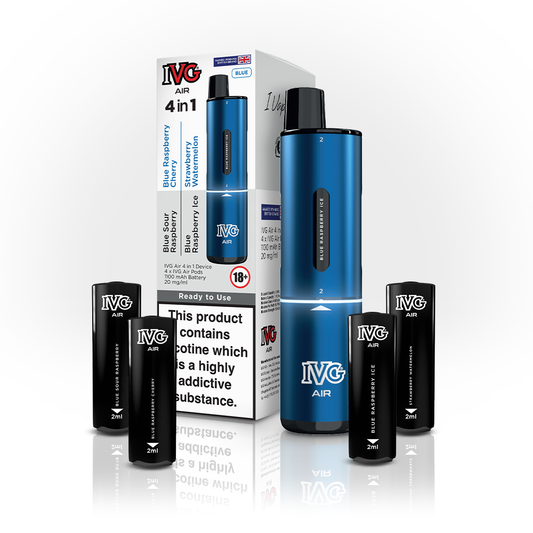
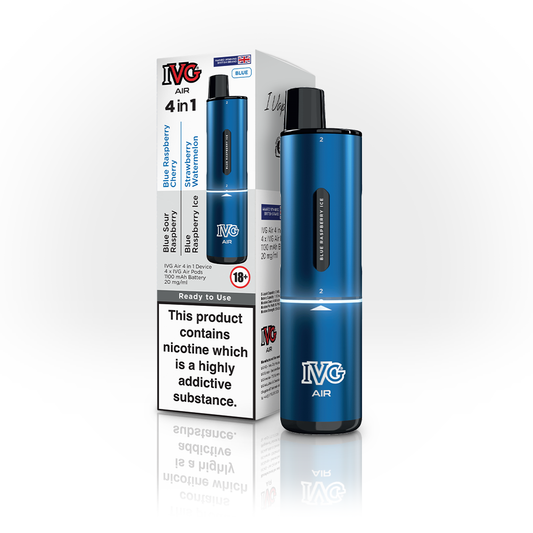

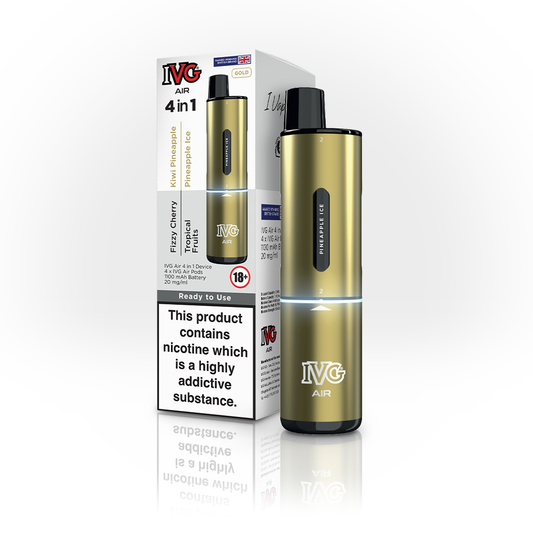
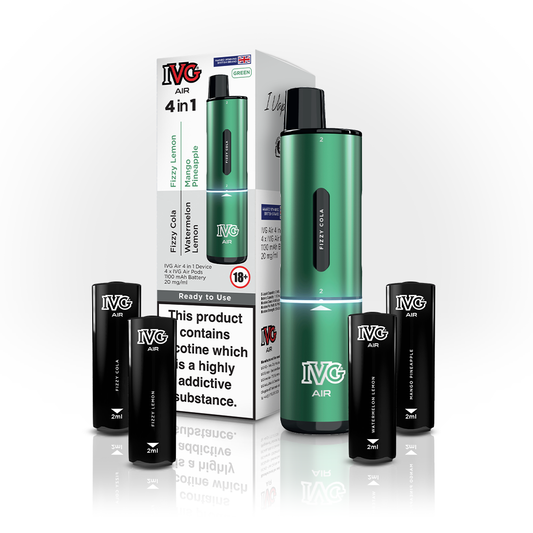
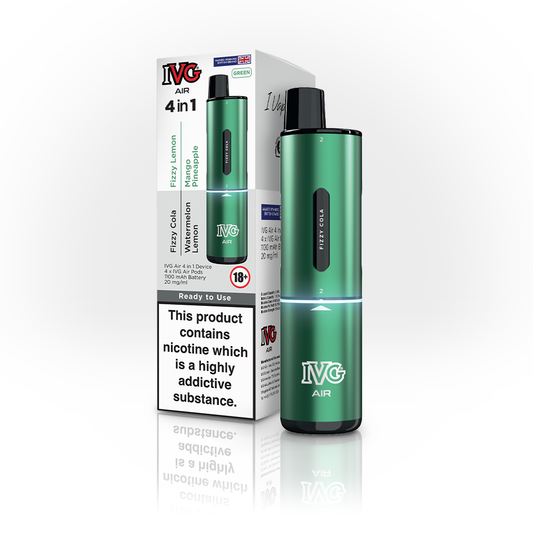






Leave a comment
Please note, comments need to be approved before they are published.